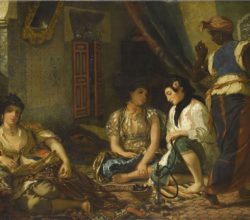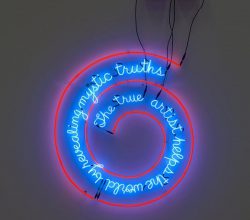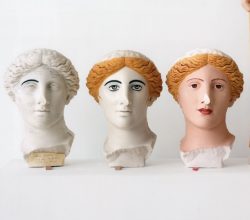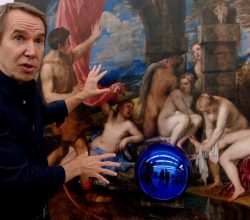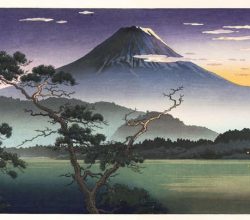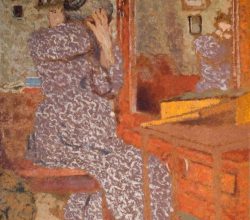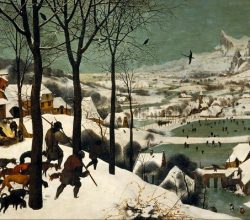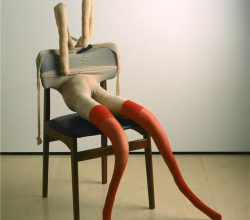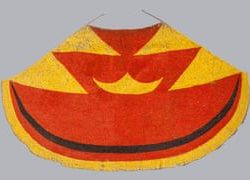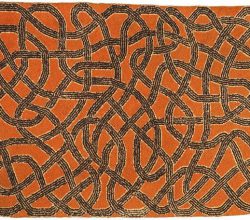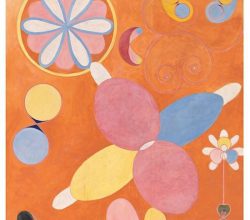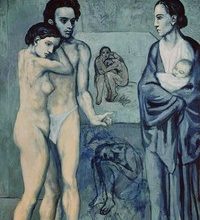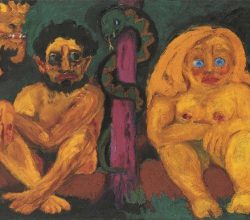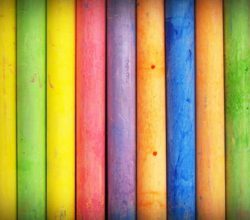
Tickled Pink, Green with Envy, I’ve Got the Blues: Our Non-logical World of Colour
David Kastan and Morgan Meis | The-Easel | 23rd October 2018
In so many ways, colour is central to our lives, as it is to art. So why do we understand it so poorly? Cezanne suggested that ‘color is a collaboration between the mind and the world.’ Fine, but what is the nature of that collaboration? David Kastan tackles these questions in a new book On Colour, written with Stephen Farthing, and shows just how baffling the topic is.
“I gave up on the idea that I could “explain” color or treat it in any systematic way. We color code lots of emotions. Blue is the color of dejection, of depression. And yet blue is also the color of transcendence, as in the Giotto chapel in Padua. This contradiction is so deep. It is unresolvable. There’s a blue of sadness and a blue of bliss.”

